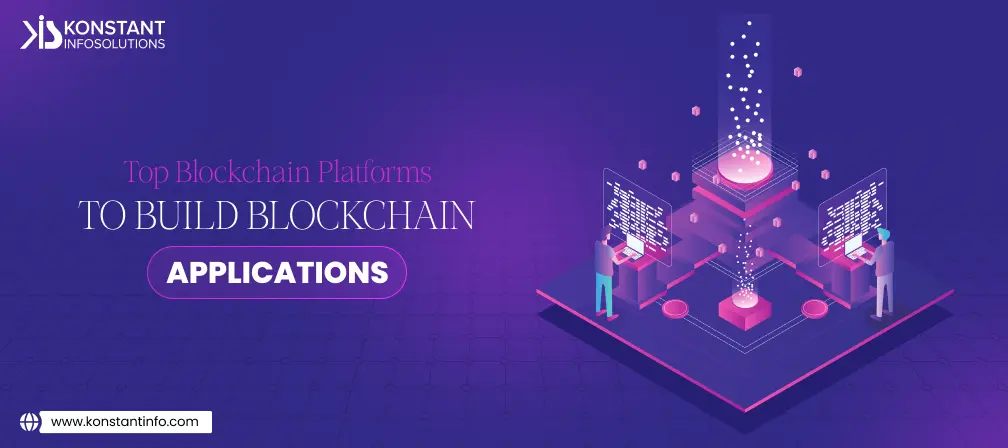
Table of Contents
Blockchain technology was born with the advent of Bitcoin, and now it is regarded as the most prominent and mainstream technology available today in every sector.
Be it supply chain, healthcare, logistics, finance, and any other sector using blockchain technology to facilitate more transparent & efficient business processes.
Immutability, security, and decentralization are the three essential features of blockchain technology, upholding its popularity.
In case you are obsessed with the amazing capabilities of blockchain technology and wish to make it your mantra for success. In order to do this, you first need to select the right blockchain development platform.
Considering the variety of blockchain platforms available today, selecting the right platform is an ever-increasing challenge.
Are you also experiencing the same thing? If so, then you will benefit greatly from this blog.
Here we will discuss the top 10 blockchain platforms you can choose to build blockchain applications securely and quickly. But first, let’s familiarize ourselves with the blockchain platforms.
Now let’s get started.
What is a blockchain platform? Before addressing this question, let’s gain a bit more understanding of what is blockchain technology?
Blockchain technology is referred to as Distributed Ledger Technology (DLT) because the data stored on it is invulnerable to alteration and transparent due to decentralization and cryptographic hashing.
A blockchain stores information in blocks that are linked together. Each block has a certain amount of storage when it is filled, closed, and linked to the previous ones, thus forming a chain. This is the reason why it is named blockchain technology.
Now, let’s come to the meat of the matter, what is a blockchain platform?
Blockchain platforms or blockchain frameworks serve as the building blocks for developing blockchain-based applications.
Let’s understand the concept of the blockchain platform from a relevant example.
Suppose you are going to create an NFT marketplace. You will have to deal with a lot of complexities in front-end design, back-end development, and other blockchain-related development to make your NFT marketplace work.
When all of these things are done from the scratch, it will make the development process lengthier. In this regard, the blockchain platform proves to be very useful by offering the convenience of doing things more smoothly, rather than starting from scratch.
In essence, the blockchain framework lets businesses take advantage of the existing software, infrastructure, and services needed to build a blockchain application.

Blockchain development platform comes with multiple benefits, as described below:
In the process of developing a blockchain application or a decentralized application, many prerequisites must be met. With the help of the blockchain platform, the business has access to all these prerequisites in the structured and secure that will lead towards the development of blockchain application in the quickest time possible.
Blockchain allows for peer-to-peer transactions between businesses and consumers, eliminating the necessity for intermediaries. This way leads the businesses towards a higher level of productivity and ROI.
Once the information is stored on the blockchain, it becomes completely impossible to misuse the information by editing it.
There are four types of the blockchain platform as mentioned below:

A public blockchain is one of the most common types of the blockchain network. Anyone who has access to a steady internet connection can get access to the network and start validating the blocks.
Bitcoin is the most popular example of a public blockchain network. The network can be accessed, read, written, and participated in by anyone.
A private blockchain is also referred to as the permissioned blockchain.
As the name predicts it is a distributed ledger that is not accessible to anyone. It remains accessible to only those who have been given permission. A user can execute only the actions specifically permitted by the ledger administrator. Likewise, when accessing the blockchain, the user must present a digital certificate or use any other means of digital authentication to prove the identity.
Ripple (XRP) and Hyperledger are the most prominent examples of the private blockchain network.
In consortium blockchain, more than one organization manages the blockchain network, so it is considered to be semi-decentralized.
To put it simply, consortium blockchain networks are a way for organizations to exchange information and verify the authenticity of transactions. Such a blockchain network is primarily used by banks, governments, and organizations.
Energy web foundation and IBM food trust are a few of the most prominent examples of the consortium blockchain.
The term hybrid blockchain refers to a combination of public and private blockchains. The organization can use this network to set up controls over users and what data they’re allowed to access. In some cases, the organization can make certain data public, while others remain confidential and can only be accessed by authorized users.
One of the most prominent examples of a hybrid blockchain is Dragonchain.
Here goes the list of the top blockchain platforms based on their scalability, efficiency, and security:
| Sr. no. | Blockchain Platform | Industry Focus | Consensus Type | Network Type | Governance |
| 1. | Ethereum | Cross-industry | PoW (Proof-of-Work) | Smart contract and permissionless | Ethereum developers |
| 2. | XDC Network | Cross-industry | Proof-of-Stakes (PoS) | Smart Contract and permission less | XDC network |
| 3. | Tezos | Digital asset management | Proof-of-Stake (PoS) | Smart contract and private | Community |
| 4. | Hyperledger Fabric | cross-industry | Pluggable Framework | Smart contract and Permissioned blockchain | Linux Foundation |
| 5. | Hyperledger Sawtooth | Cross-industry | Pluggable Framework | Smart contract and Permissioned blockchain | Linux foundation |
| 6. | Stellar | Financial services | Stellar consensus protocol | Smart Contract and both public & private | Stellar development foundation |
| 7. | Ripple | Financial institutes | Probabilistic voting | Permissioned | Ripple Labs |
| 8. | EOS | Cross-industry | Delegated Proof-of-Stakes | Smart Contract and Permissioned | EOSIO Core Arbitration Forum (ECAF) |
| 9. | Corda | Financial Services | Pluggable framework | Smart contract and Permissioned | R3 Consortium |
| 10. | TRON | Financial services | DPoS | Smart contract and public | Super Representative (SR) and Super Representative Partner (SRP) |
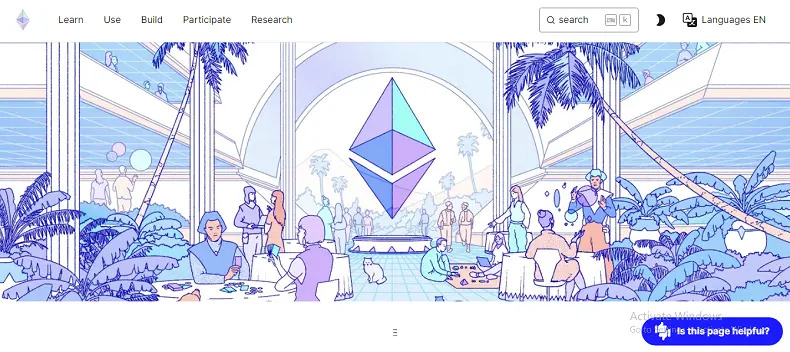
The Ethereum blockchain platform was first proposed by a Russian-Canadian programmer named Vitalk Buterin in 2013 which makes it one of the longest-standing blockchain platforms. A Proof-of-work algorithm powers Ethereum, and it is an open-source platform. Blockchain networks, such as Ethereum, operate privately or permissionless and can be accessed from anywhere by anyone. Ethereum has a virtual machine environment that enables its developers to write next-generation non-centralized applications in an easy and streamlined way. In addition, it is built using Solidity, a blockchain programming language that enables smart contract development, making Ethereum the platform for smart contract blockchains.
Ethereum Features:
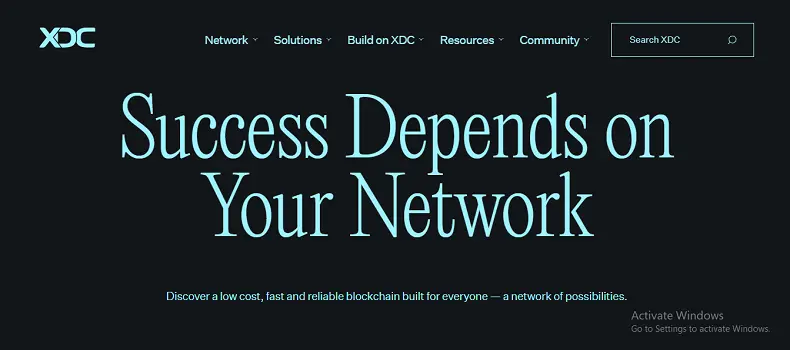
XCD is an enterprise-ready hybrid blockchain platform that is coupled with the capabilities of both public and private states. XDC blockchain platforms were introduced primarily to enable enterprises to reduce costs and improve visibility by leveraging the great capabilities of blockchain technology. With delegate Proof of Stake, a hybrid relay bridge can be built, block finality is instant, and interoperation for interoperable smart contracts can be achieved with the help of the XDC blockchain framework. A high degree of interoperability between the hybrid blockchain and financial institutions has been ensured by XDC’s adherence to ISO 20022 financial messaging standards.
XDC Features:
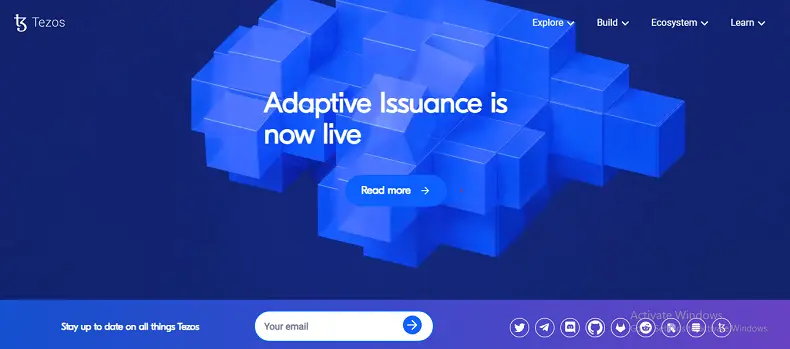
Tezos is an open-source decentralized blockchain platform that is able to execute peer-to-peer transfers and can also be used to deploy smart contracts. The best thing about the Tezos blockchain framework is that it is a community governed and backed by institutional-grade security. It is based on the Proof-of-Stakes algorithm and by comparison with the Proof-of-work algorithm, it reduces energy consumption and operating costs substantially. This uses the on-chain upgrade mechanism, so it is very easy to adjust, adapt or facilitate developers to add new features, enabling your enterprise to be at the forefront of technology.
Tezos Features:
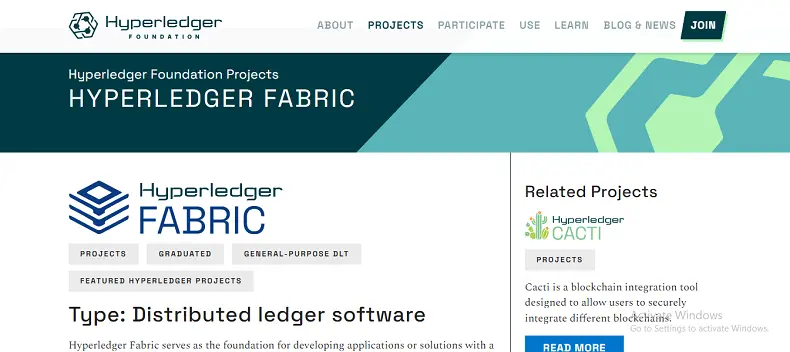
The Hyperledger Fabric platform is meant to serve as a modular platform for building applications or solutions. The system allows for plug-and-play integration of its components, including membership services and consensus. Designed modularly and versatilely, this system is applicable to a wide variety of industrial applications. In addition to being supported by the Linux Foundation and powered by transparent standards, Hyperledger Fabric is the perfect solution for enterprises looking to build sophisticated blockchain products and services.
Hyperledger Fabric Features:
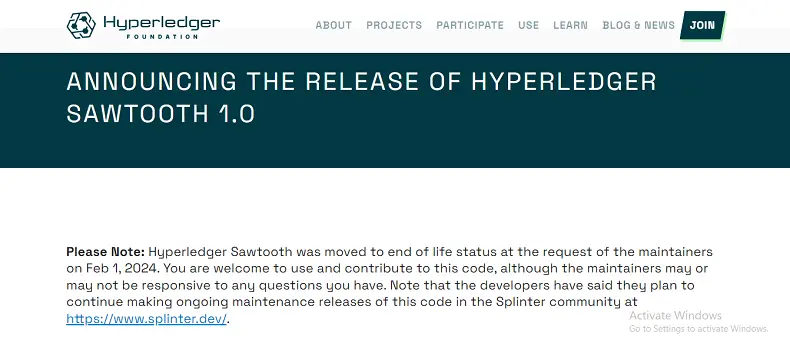
The Hyperledger Sawtooth platform is an open-source blockchain platform developed by the Hyperledger and Linux foundations. A consensus mechanism known as Proof of Elapsed Time (PoET) and Practical Byzantine Fault Tolerance (PBFT) is the basis for this framework. Hyperledger Sawtooth comes out as the most effective choice for distributed ledger networks and applications. Developers can specify business rules for their blockchain apps in their preferred language, streamlining blockchain app development.
Hyperledger Sawtooth Features
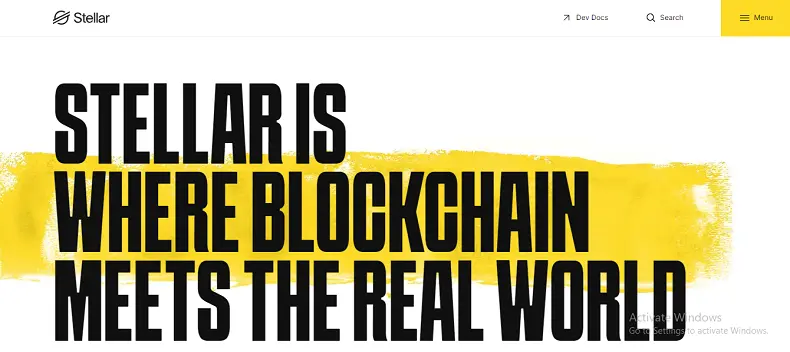
The Stellar network is an open-source network responsible for storing money and moving it efficiently, securely, and at no charge. As a framework, Stellar’s capabilities are limitless and powerful. Stellar provides a means of creating, sending, and exchanging digital representations of a variety of currencies, such as the dollar, bitcoin, and so on.A Stellar Lumen (XLM) token is the native digital currency of the Stellar framework. All of its operations are carried out through a framework powered by its own cryptocurrency.
Stellar Features:
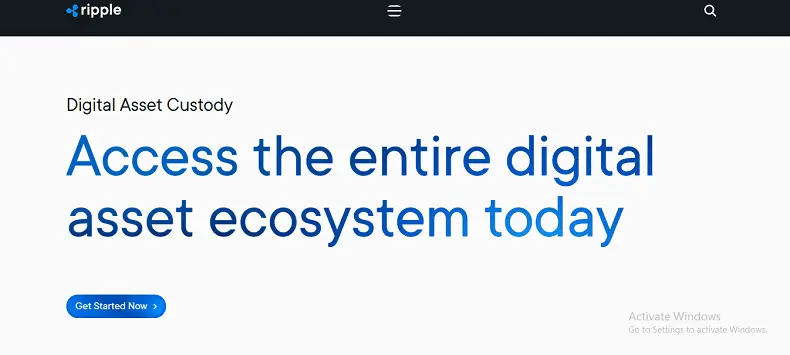
Ripple is another blockchain platform geared toward developing financial software applications. With the help of the Ripple framework payment providers, digital asset exchanges, banks, and any other business can be connected to the blockchain, facilitating the free provision of financial services. Further, Ripple offers liquidity solutions that free businesses from pre-funding requirements and let them build a decentralized infrastructure that allows them to process payments in under 3 seconds.
Ripple’s Features:
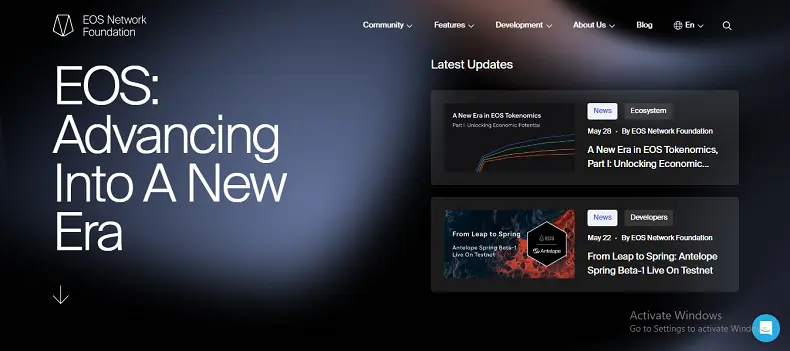
EOS is a blockchain protocol that is based on the cryptocurrency EOS. The technology behind blockchain is mainly used for eliminating transaction fees and completing millions of transactions per second. To increase security and facilitate transactions at a lower price, EOS leverages the power of the Proof-of-Stake consensus algorithm. EOS can be considered an expanded version of the Ethereum and Bitcoin networks since it offers features that Bitcoin and Ethereum do not. Enterprises that need scalability solutions can use the EOS blockchain network, which also provides decentralized storage for enterprise solutions and hosting for decentralized applications (dApps).
EOS Features:
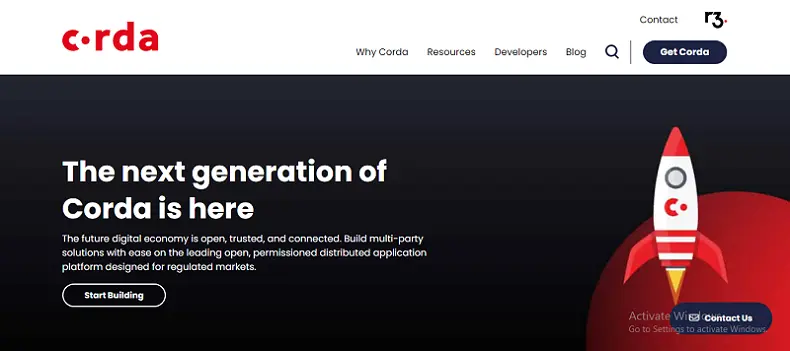
Corda is a permissioned and highly secure blockchain framework that comes out as an ideal option for developing financial blockchain applications. By providing a single identity and mutual membership, Corda enables CorDapp identities to be only linked to legal entities, thereby reducing security risks. As an added benefit to Corda, it is an easy way for companies to conduct transactions across multiple networks since it can be integrated with any existing payment rail.
Corda Features:
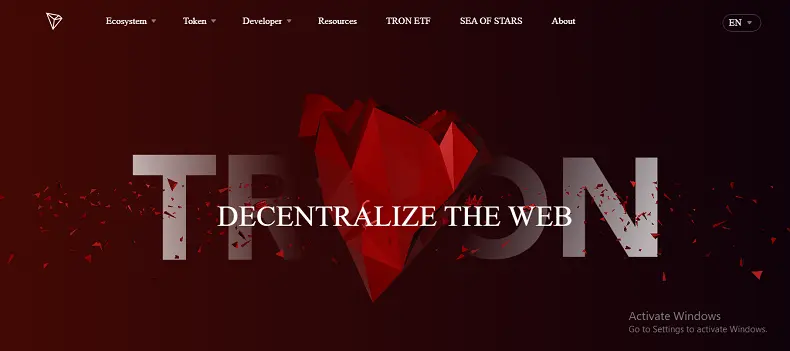
TRON is another name to include in our list of the best blockchain-based decentralized digital platforms, which is powered by its own cryptocurrency called TRX. One of the key functions of TRON is developing a decentralized web equivalent to Ethereum. Talking about the transaction speed of the TRON blockchain framework, it is capable of handling approx 2000 transactions per second. Moreover, there is no transaction fee attached to it.
TRON Features:
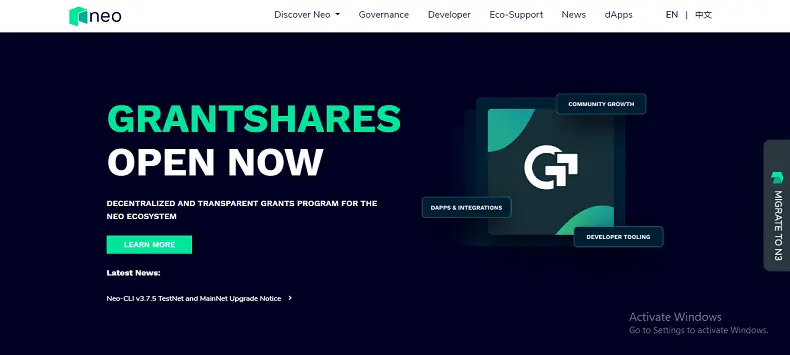
Neo was called “Antshares”, but in 2017 the blockchain platform transformed and became Neo. This is an open-source decentralized platform; that has the mission to create a ‘Smart Economy’ with the help of blockchain technology and smart contracts to manage digital assets. Readers must know that Neo stands out of the crowd due to its advanced full-stack features. It states that; developers can use the full infrastructure to build proper and robust decentralized solutions. Moreover, Neo is mostly remarkable because of its advanced interoperability, which gives access to a broader ecosystem. Neo went through dynamic evolution in 2021 as it migrated to N3, which brought a super-enriched featured Neo Blockchain Platform.
NEO Features:
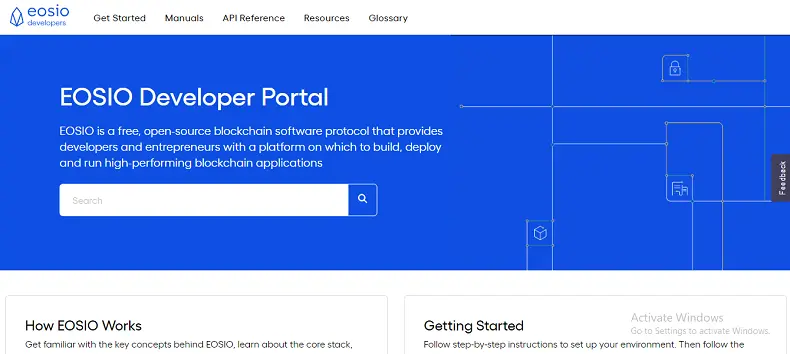
EOSIO is a newly launched open-source blockchain platform in 2018, which was optimized for developing decentralized applications and smart contracts. It uses the complex consensus mechanism known as PoS. It enables the software solution to offer better and quicker performance compared to older mechanisms to work with. EOSIO-Taurus was the new transformation released in June; which came from the EOSIO codebase and was designed to improve the performance of private blockchain at enterprise-level solutions. However, there are features that enable one to tackle a humongous database and a larger number of transactions very securely.
EOSIO Features:
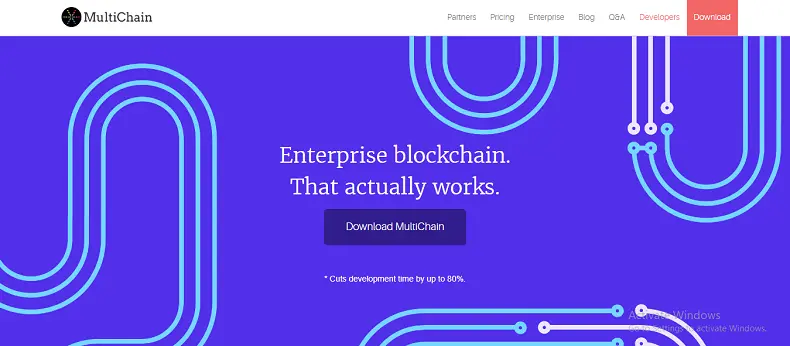
Multichain is another blockchain platform, which is the version of Bitcoin. It may be used to create customized Blockchains, both private and public, and is easy to use. It includes a well-curated selection of enterprise and commercial user-focused enhancements along with additional capabilities. Promising features include compatibility with local assets and the ability to store larger volumes of random data. A unique but different approach is consensus-based permission management for consortial Blockchains. A simple text file created by multichain-util could be modified to tailor the chain; this should be done before running multichain for the first time since parameters cannot be changed once the network has been fully built.
Multichain Features:
Your requirements will determine which blockchain platform is best for you. Our list above includes the top 10 blockchain frameworks, along with a description of their features, so you can make a more informed decision.
Here are a few factors that you should consider to make a selection of the best blockchain development platform:
Application Control: Understanding who will control your blockchain application and what data will be shared with users is critical to the selection process. For example, if you need a central authority to control your blockchain application, then you should consider the centralized blockchain network. In contrast, a decentralized network is an excellent option if you wish to share your application data across the entire network.
Nature of Information: If you want to develop an application that deals with sensitive information such as names, documents, addresses, and so forth, then you should go with a private blockchain platform. In contrast, if you want to ensure business transparency and credibility, then choosing a public blockchain development framework would be the best option.
Scalability Needs: As businesses grow and participants increase, blockchain development platforms must be scalable to accommodate growth. In addition to these three primary factors, you should carefully consider a few more factors before choosing the right blockchain framework:
A blockchain development company can gear you towards the selection of the right blockchain development framework since they hold vast expertise in blockchain technology.
Blockchain development platform acts as the infrastructure which allows blockchain developers to develop blockchain applications.
Yes, Binance is a blockchain. It is a smart contract-enabled blockchain network that was primarily developed for the purpose of creating a decentralized financial (Defi) ecosystem.
We are going to look at the most important steps that you should follow to choose the right blockchain development company:
The commercial distribution of the Hyperledger Fabric is marketed as the IBM blockchain platform. The platform is backed by 24*7 supports and comes with the productive tools that facilitate the development of blockchain solutions.
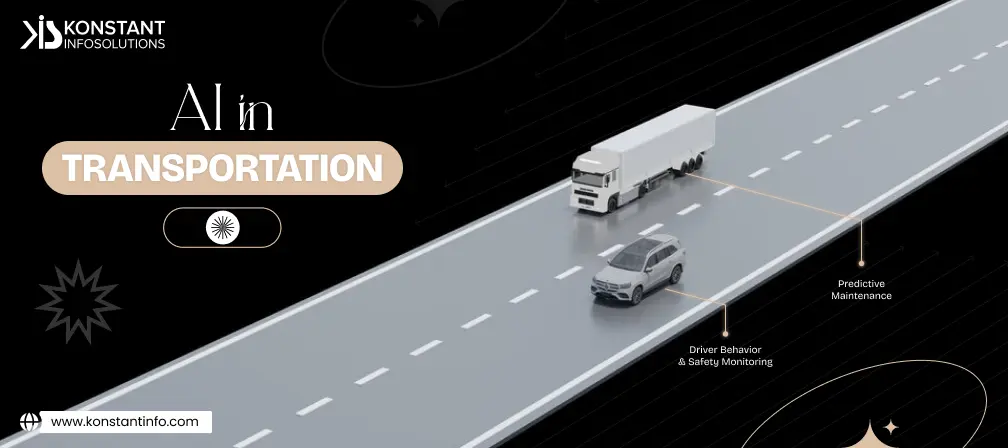
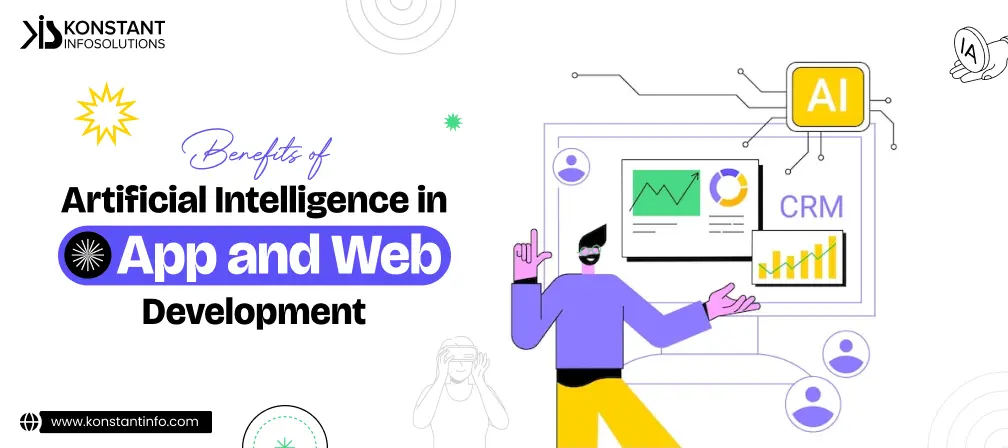
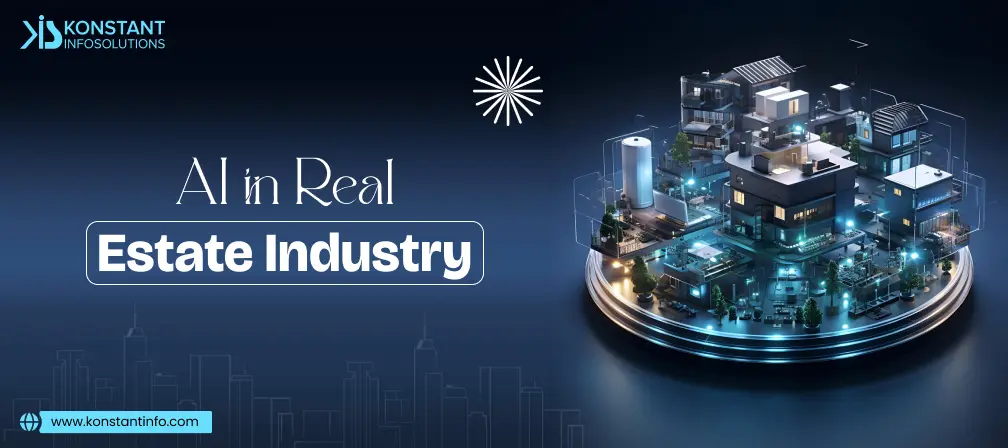
Being indulged in the IT industry for more than 3+ years, I aim to offer up-to-date and latest knowledge on different technologies and trends setting the market. This is what I love to do. When I'm not working, I like to be near the outdoors surrounded by greenery.
Or send us an email at: [email protected]